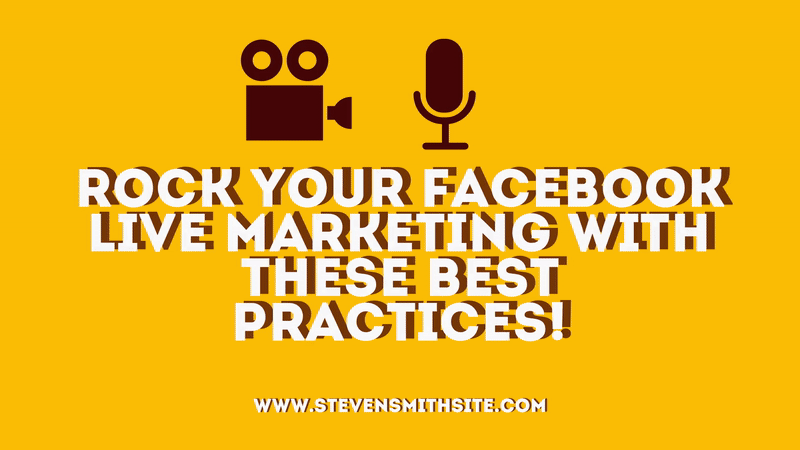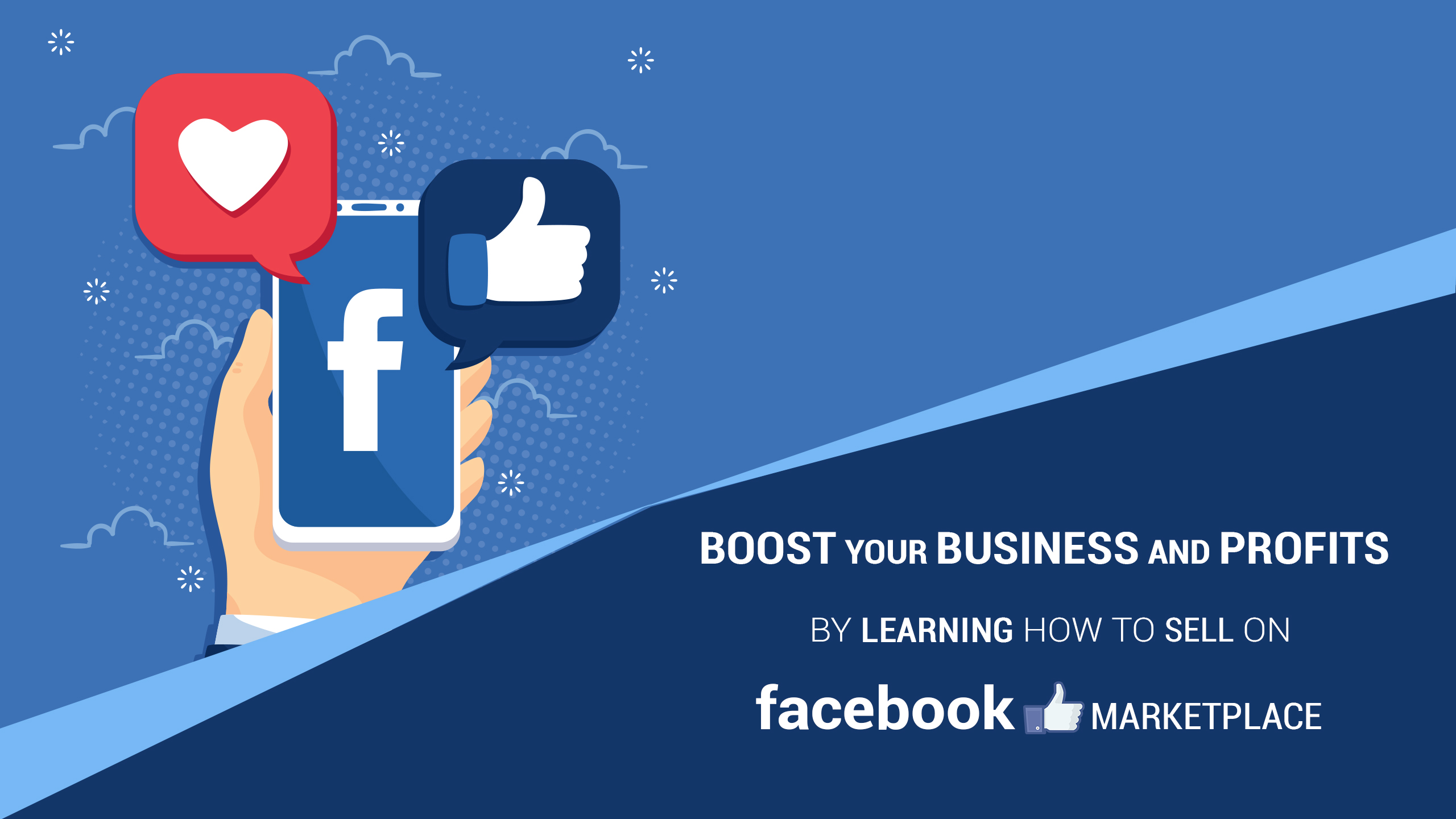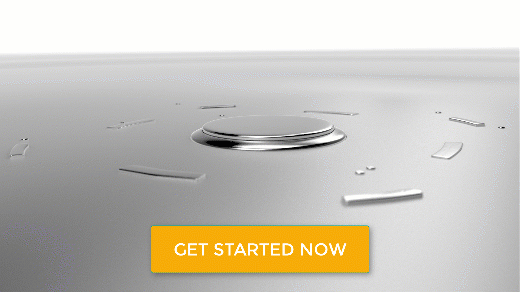Facebook Live is the social network’s live-streaming video functionality. It’s available to all Pages and profiles on Facebook for IOS, Android, and the Facebook Mentions app. additionally, you will be able to stream “live broadcasts” in Facebook groups and events. Thus this platform offers excellent marketing opportunities to entrepreneurs out there.
Facebook offers several tips and best practices for using Facebook Live on their media site. Here we are listing a few of them.
Best Practices to Leverage the Potential of Facebook Live for Marketing:
- Plan your broadcast:
Before you begin streaming, ensure that you’ve taken some time to think about what your broadcasts about, what you want to say (or do) in it, and why it makes sense as a Live stream instead of some other format of content.
- Let people know when you’re going to broadcast:
You’ll want to post about your upcoming broadcast on Facebook, where you can encourage people to subscribe to your live videos. But you can also promote your stream on your other social channels. Just make sure you’re clear about where and when people can tune in!
The Facebook Live API makes this even more accessible by allowing publishers to schedule broadcasts and share a link to their stream ahead of time.
- Write a compelling description before going live:
Tell the people about the video in the description. A good one captures the audience’s attention, and a bad one—or worse, none at all—makes it all the more likely they’ll keep on scrolling.
Use your description to tell a story. Give context about what your broadcast is about, and be sure to make it clear why people would want to watch.
- Ask viewers to follow you:
Getting audience members to subscribe to your live videos is the simplest way to ensure future viewers because subscribers receive notifications every time you go Live. While broadcasting, take a second to let viewers know about the feature and tell them how to subscribe to your videos.
- Broadcast for more extended periods
The longer you continue your broadcast, the more time people have to discover your stream, watch it, and invite their friends to join in.
Facebook recommends going Live for at least 10 minutes. The maximum time limit for broadcasting is 90 minutes, so beyond that, the length is up to you.
- Show exclusively live content.
While it’s possible using the Facebook Live API to insert previously recorded video into your live stream, Facebook recommends showing only live content during live videos.
- Be creative
The more often you go Live, the more likely you are to stay top-of-mind. Try out different types of broadcasts to see what resonates with your audience. And don’t be afraid to get creative with your stream.
- Pick the Right Hashtags
Hashtags are a great way to get more eyes on your content, but they must be relevant and used sparingly, as you don’t want to drown out your creative description with a set of symbols.
For example, if you’re live streaming recipes for a Super Bowl party, you could use a #super bowl or even #superbowlrecipes.
- Consider Visuals & Sound Quality
When choosing where to host your live stream, pay close attention to your surroundings’ sound level and do as much as possible to avoid ambient noise (unless you’re live streaming a big event where noise is part of the fun!). If you’re doing a Q&A or an interview, choose a private location; you don’t want to be interrupted by someone walking into the room and accidentally photobombing your video.
When it comes to framing and composition, your backdrop should be colorful and exciting but not so distracting that it takes the attention away from your host.
- Find Your Place on the Map
Another way to drive engagement is by allowing viewers to find your video geographically or stumble upon it while using this interactive feature. If you run a local business, you can also check out what kinds of videos people near you are creating.
Conclusion:
Be sure to check back on your comments, as new viewers might contribute to the conversation later. Your commitment to hearing them and considering their feedback could go a long way – in their eyes and with Facebook’s engagement-based algorithm as well.
Thanks for Reading
Steven Smith



